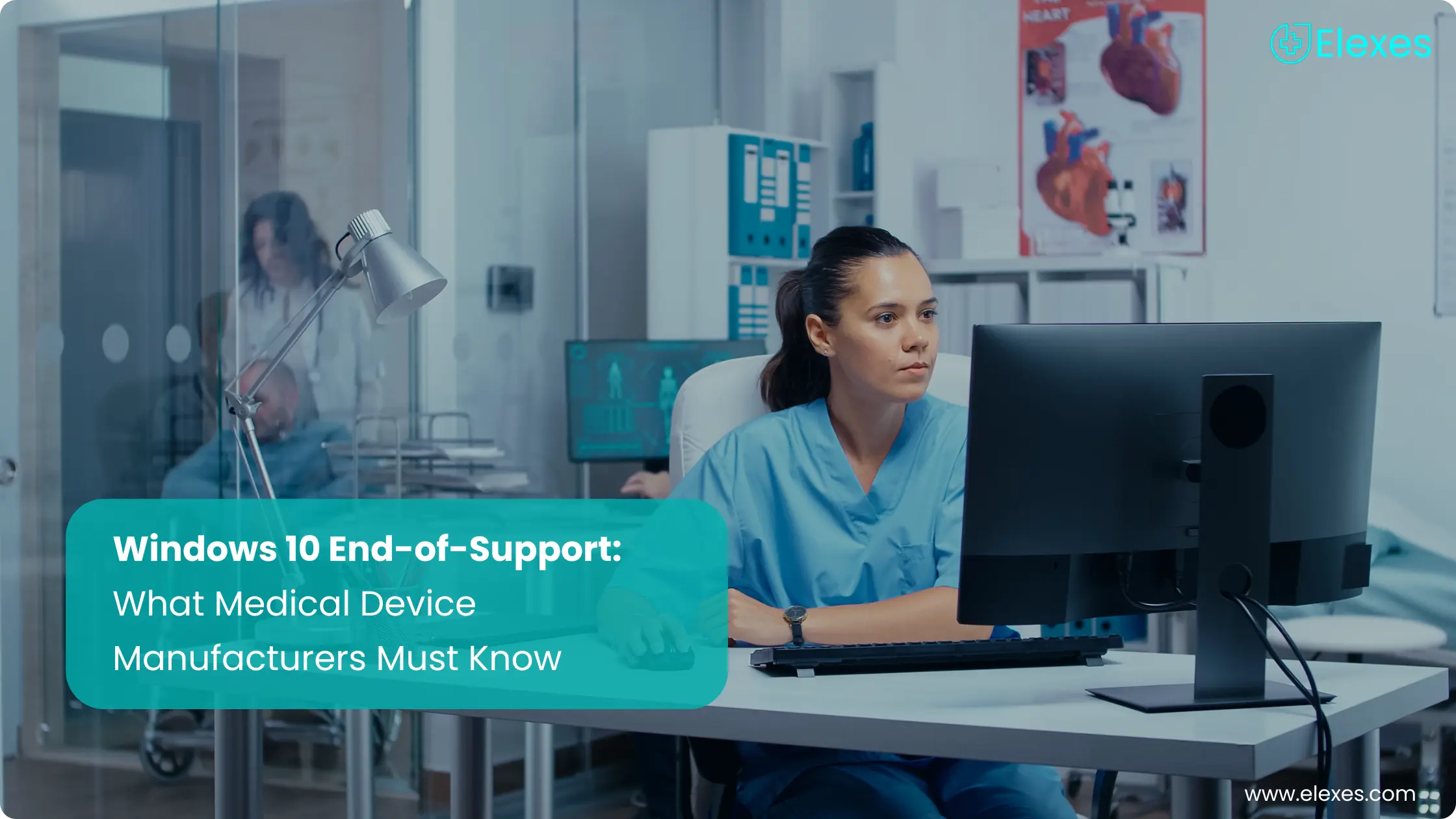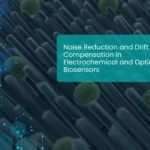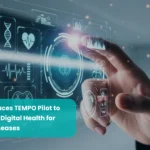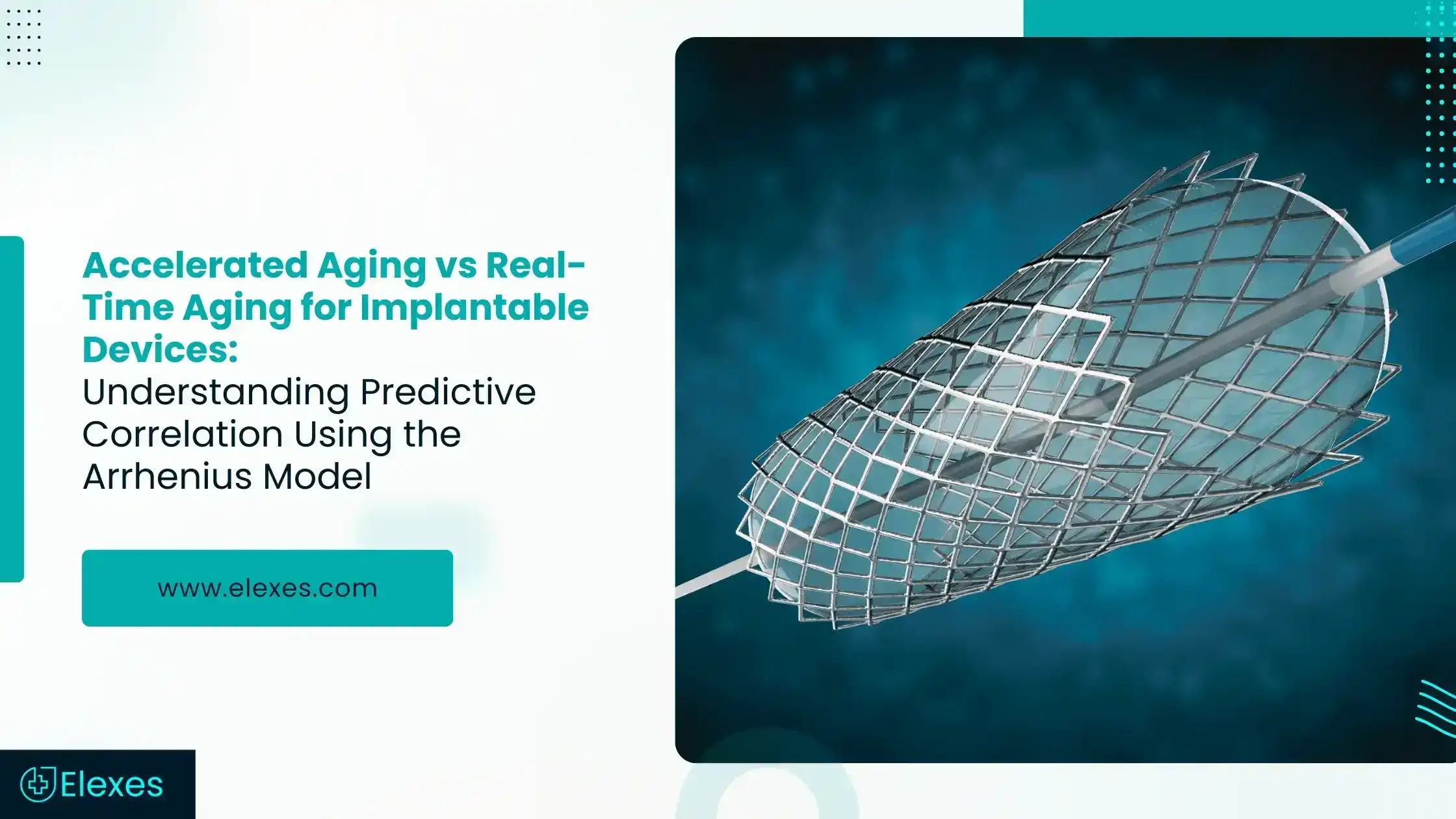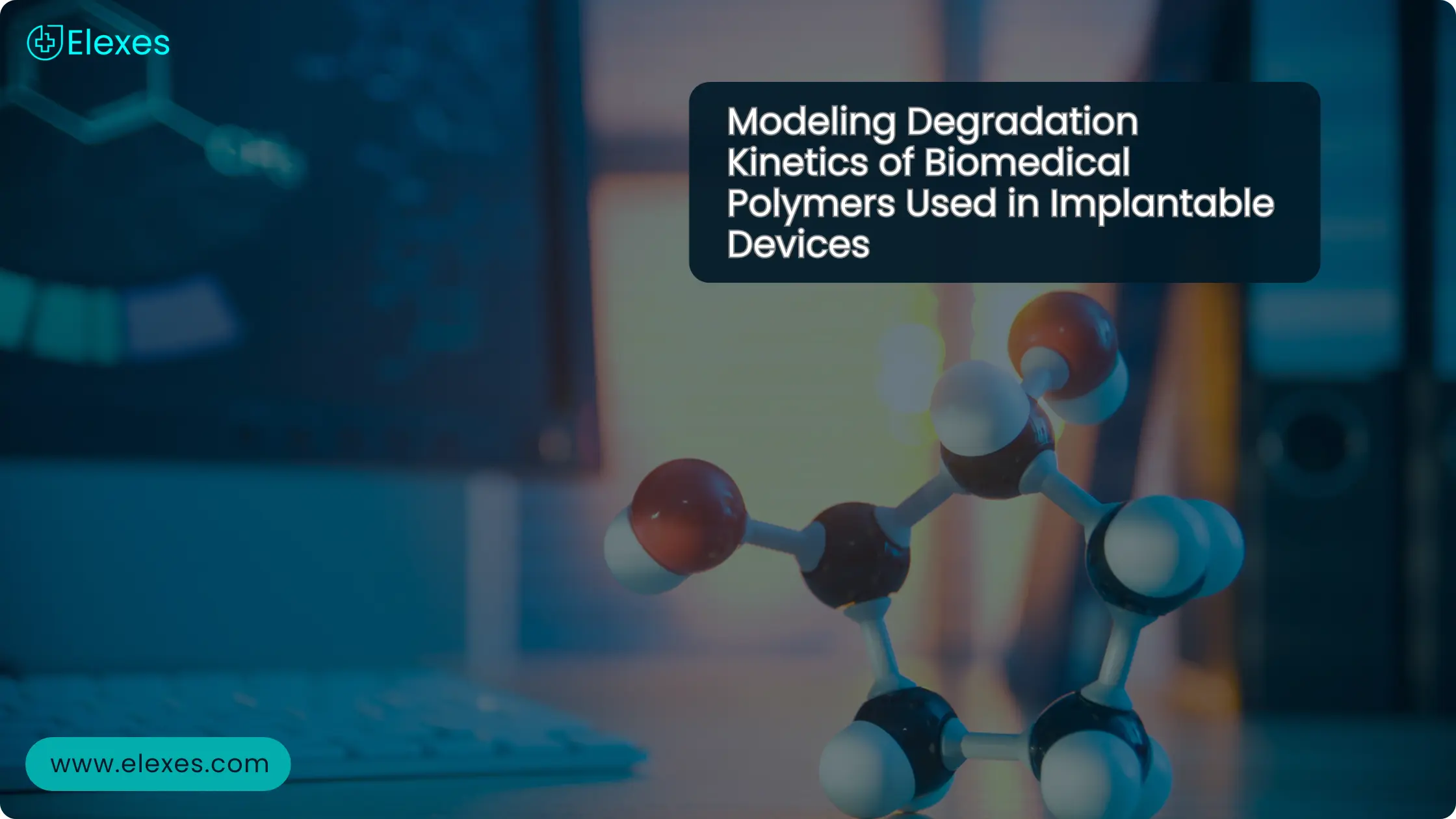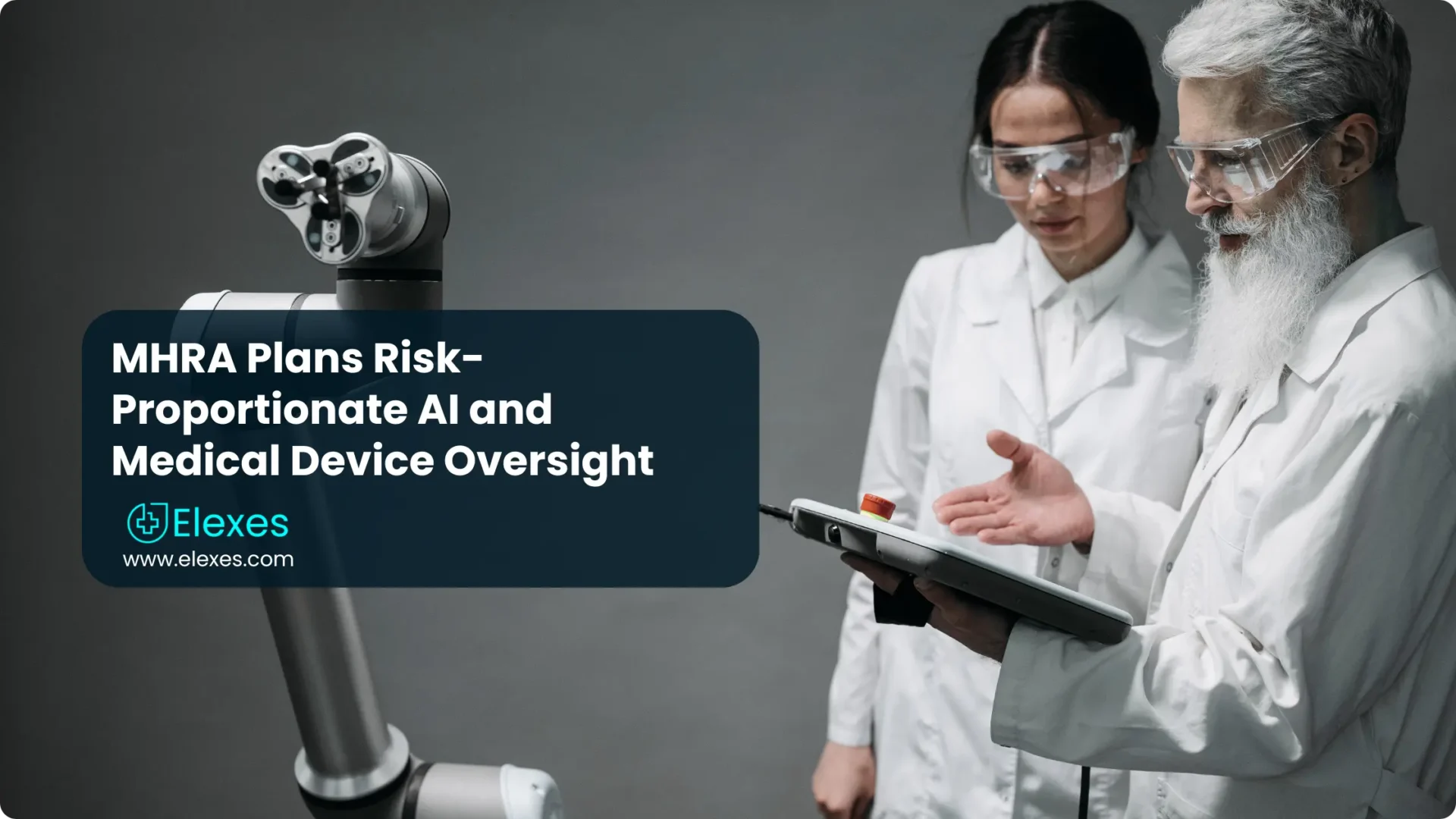De Novo Classification: Advancing Medical Device Innovation
While there have been many computerized and digital tomographs with specific applications—such as Trauma CT, Cardiac CT, and CT used in Nuclear Medicine/PET—there has never been one designed specifically for the respiratory space. Electrical impedance tomography (EIT) is a noninvasive, non-radiologic imaging modality that supports the assessment of lung disorders during mechanical ventilation. For novel technologies like EIT, which introduce unique features not previously seen in medical devices, the De Novo Classification pathway offers an alternative route to FDA market clearance, enabling safe and effective devices to reach the market without the need for a predicate.
Device Classification
According to the FDA, any new device which is not in commercial distribution will be automatically classified as Class III devices irrespective of the level of risk associated with the device. This comes after the post amendment of FD&C Act (Medical Devices Act), May 28, 1976.
⊙ Since Electrical Impedance Tomograph (EIT) is a non- commercial device developed after May 28, 1976, it is classified as a Class III device. Since no predicates existed with regard to ventilator electrical impedance tomograph, the next step was to go for a De Novo Classification.
Devices can be classified into Class I or Class II under section 513(i) of the FD&C Act i.e. the reclassification of devices.
Devices can be reclassified by:
De Novo Process
The De Novo process provides a pathway to classify novel medical devices for which general controls alone, or general and special controls, provide reasonable assurance of safety and effectiveness for the intended use, but for which there is no legally marketed predicate device. De Novo classification is a risk-based classification process.
De Novo Classification
De Novo classification is beneficial to the consumers as they can gain access to innovative devices which go through just the right amount of regulatory rigour.
Timpel Inc. is the company which is registered under De Novo for reclassification of Ventilator Electrical Impedance Tomograph device.
It is the first of its kind that cleared De Novo and is now approved by the FDA as a Class II device under the Device Classification Name: Ventilator Electrical Impedance Tomograph

The features of this device are listed as follows:
➩ Intuitive: Integrated clinical decision support tools
➩ Realtime: High temporal resolution
➩ Easy to install, simple to use
➩ Portable, can benefit multiple patients
➩ Comfortable ergonomic belts
➩ Non-Invasive in nature
➩ Portable for bed-side access, no relocation of patient is required
➩ Radiation Free: Can be used frequently
➩ Provides continuous, real-time images
➩ Operator independent (supervision not necessary)
Special Control Tests for De Novo Classification for Class II devices
Since the device includes a wide variety of features, the special controls of the FDA were considered for the device to ensure that the device is safe and effective for human use.
Technical tests according to amended 21 CFR part 868 (Anesthesiological Devices) are mentioned in the table below along with the standards.

Risk and Mitigation steps associated with the device
➩ Tissue Reaction (Adverse in nature) – Biocompatibility testing/evaluation (ISO 10993-1:2018)
➩ Electromagnetic Interferences – Electromagnetic Compatibility Testing (ISO 60601-1: 2018)
➩ Communicable/Non Communicable infections – Proper Packaging and labeling implementation (ISO 16142-1:2016)
➩ Image distortion due to hardware and software malfunction – Software verification and Validation (IEC 62304:2006)Risk Analysis (ISO 14971:2007)Non Clinical Performance Testing (60068-2:2018
➩ Thermal and/or electrical shock injury – Mechanical and Thermal safety Testing (ISO 60068-2)
Additional tests to be carried out under De Novo are:
- Guidance for image interpretation
- Instructions for reprocessing
- Plethysmography accuracy testing
Benefits of De Novo Classification
Upon getting approved by the FDA under De Novo classification, the device was assigned as the generic type ‘Ventilator Electrical Impedance Tomograph’ and was defined as a non-radiological and non-invasive ventilator device that provides an assessment to the variations in local impedances within a cross-section of a patient’s thorax.
This is quite a remarkable achievement due to the following reasons:
⊙ This De Novo approval of Timple Inc. paves the path for bringing more such innovative Ventilator Tomographs to the market.
⊙ Similar devices in the future shall have a lesser regulatory burden and can be easily accessed by the users.
⊙ The device can now be used as a predicate by other manufacturers, making similar device, for 510(k) clearance of their products which means the manufacturers do not have to submit a separate De Novo or Pre Market approval form for their products.
⊙ The De Novo classification has reclassified the device as a Class II device with special controls thus making it self-sufficient in mitigating the residual risks, since the general control functions cannot mitigate some of the specific residual risks.
Bottom Line
De Novo classification is not just a device reclassification process for medical devices but it is an application that the manufacturers can use in order to commercialize their products.
This process clearly enables the manufacturer to know about their products genuinity and reduces the regulatory burdens which are commonly associated with other classification processes.
The effort of one can lessen the efforts of different manufacturers for their devices. Also, these manufacturer’s can pursue new angles of modifications and improvement for better accessibility and treatment opportunities.
To do a DeNovo certification the sponsor can wait for the FDA to get back stating not substantially equivalent (NSE) determination in response to a 510(k) submission or the manufacturer can determine that there is no legally marketed predicate device yet, to produce substantial equivalence and apply for a DeNovo.
Sponsor’s or Manufacturers can also contact our professionals to acquire the assistance for such submissions and obtaining an approval from the FDA. Feel free contact at connect@elexes.com for any questions or comments on this content.






